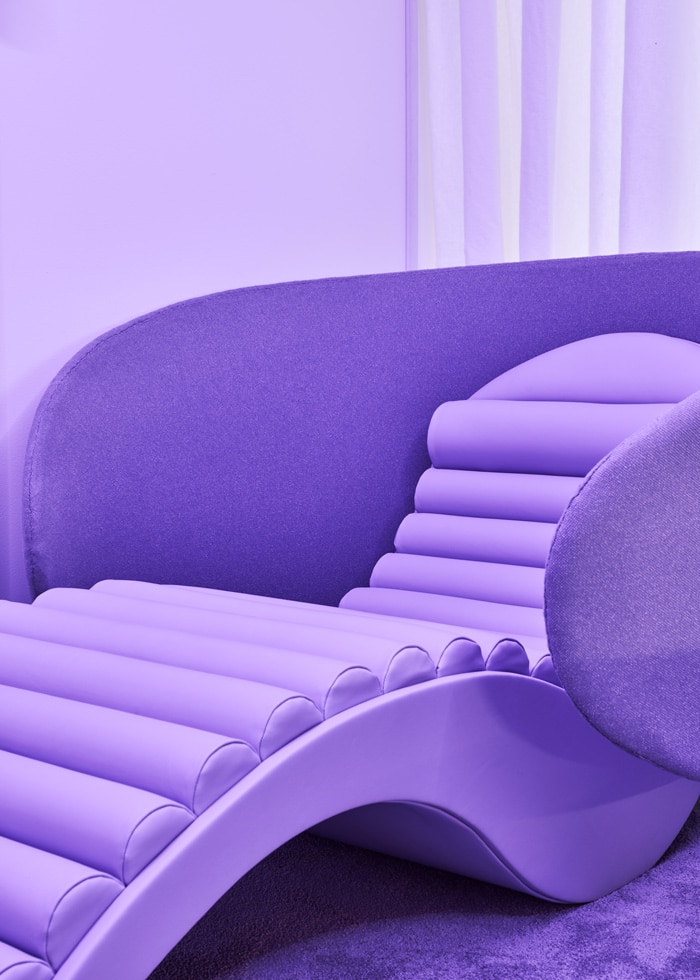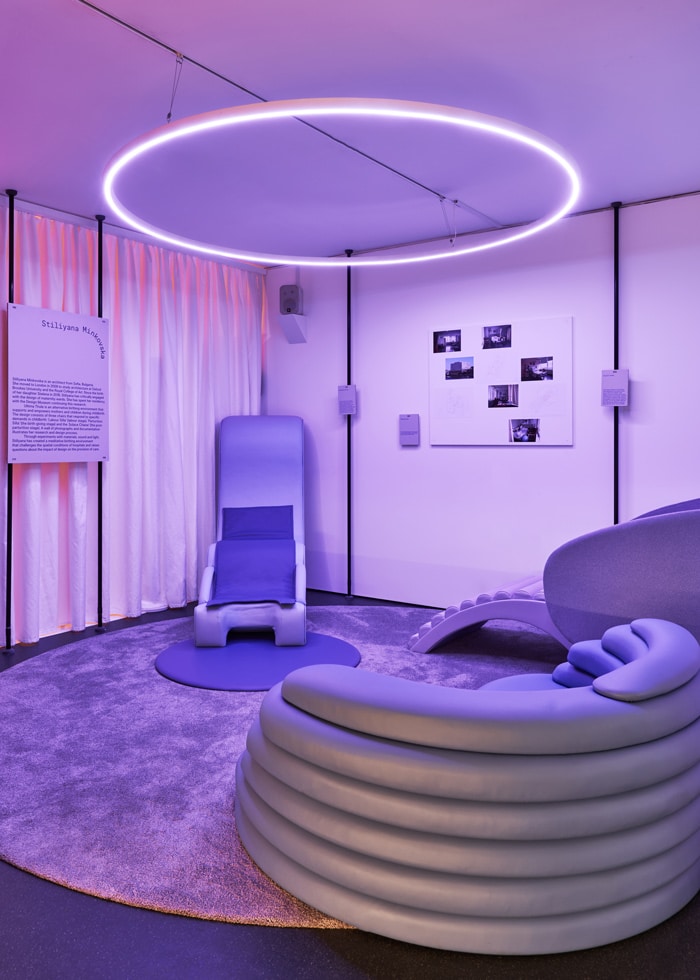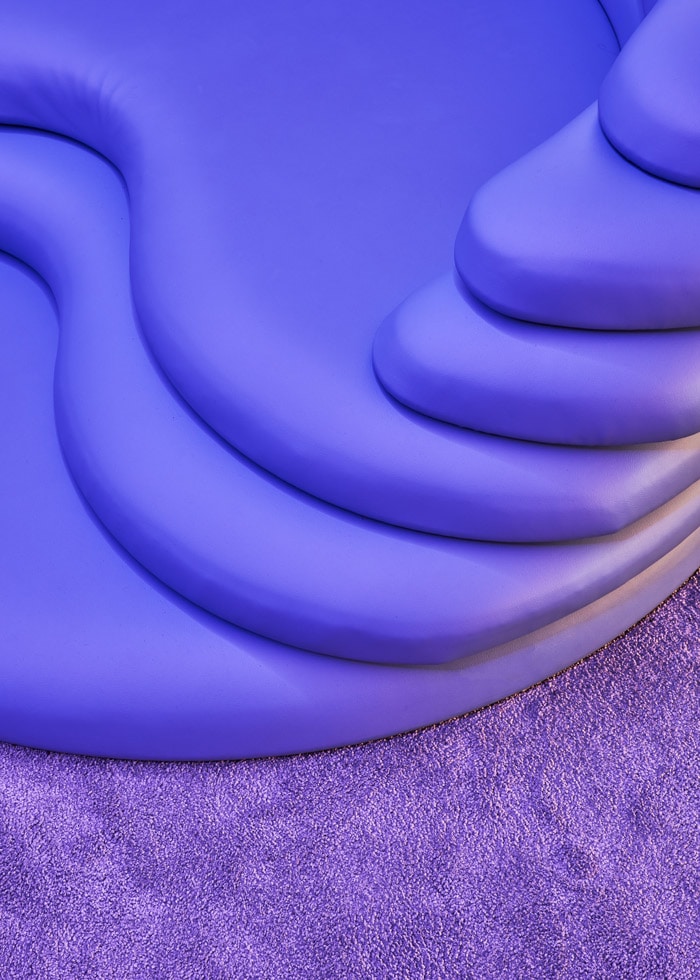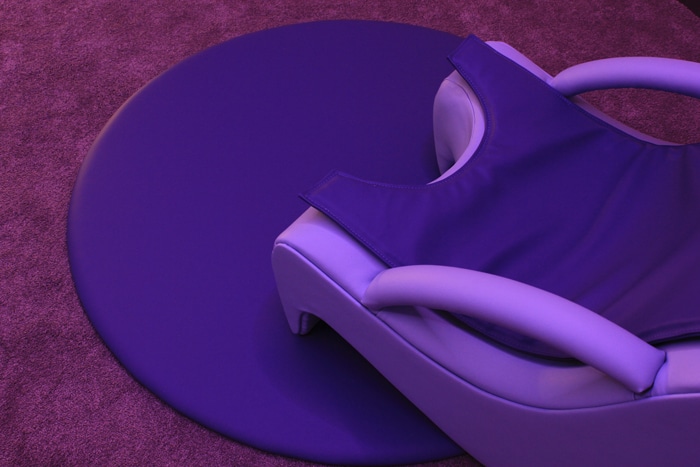
Opinion
I was bored indoors, so I virtually visited an alternative female-centred childbirth suite

By Alma Fabiani
Opinion
I was bored indoors, so I virtually visited an alternative female-centred childbirth suite

By Alma Fabiani
Updated May 15, 2020 at 02:17 PM
Reading time: 3 minutes
Internet culture
Apr 30, 2020
For obvious reasons, virtual tours have recently become the new ‘must-do’. Many museums are letting online visitors roam through their latest exhibitions. Meanwhile, the Faroe Islands is letting virtual tourists remotely control tour guides, moving them through the Danish archipelago’s towns and volcanic islands like a video game character.
But what else is there to see once you’re done virtually visiting the seven wonders of the modern world for the third time? If climbing Mount Everest doesn’t do it for you anymore? Well, you might want to do a virtual tour of an alternative female-centred childbirth suite, as I did.
Let me start by saying that the childbirth process has never been something that fascinates me. It looks painful and there isn’t enough information about it given to girls at an appropriate age. That’s why Stiliyana Minkovska’s project piqued my interest. Minkovska is an architect who practises across the wide fields of art, architectural, interior and product design. For her most recent project called Ultima Thule, which is derived from a Latin phrase meaning ‘a distant unknown region’ or ‘beyond the known world’, she imagined and designed an alternative birthing environment for supporting and empowering mothers and children during childbirth.

The way it works is simple—it consists of three chairs responding to the specific demands of the three phases in childbirth: the Labour Silla for the labour stage, the Parturition Stool for the birth-giving stage and the Solace Chaise for the post-parturition stage. Ultima Thule, as a project, interrogates the design landscape of childbirth within a hospital setting. In other words, it questions and challenges the fact that still, to this day, women who are giving birth in hospitals have to go through an uncomfortable and traumatising process.
Screen Shot spoke to the architect about her project, where the idea came from and whether it is implementable in our society or not. “This work captures my position as a designer and architect, but also as a mother who felt like a medical object during the birth of my daughter Stelena. My daughter was two weeks late. […] Through the project, I recognise that birth is not a universal or monolithic experience, hence the flexible nature of the designs that I am proposing,” Minkovska explained.
The main problem women have while giving birth in hospitals is comfort—most women don’t feel at ease and cannot ignore the bright lights and the clinical, almost hostile designs of a hospital room.
Speaking about her own experience, Minkovska said, “I felt like a medical object, there was something standing between the way my instincts were going and what I was told to do. It felt alien and otherworldly, hence the idea to create a Cosmic birth centre as part of my thesis project. My research reimagines the technological and institutional elements of childbirth, and instead proposes a sanctuary-like environment for mother and child.”
With those three different elements—let’s call them chairs—Minkovska offers women a new approach to childbirth. Through a combination of colour, texture and flexible design decisions, the Labour Silla provides tranquillity and ease during this period of uncertainty and extreme discomfort. The chair also allows the mother to be supported by a partner, doula or a midwife on the upper part of it.

Then comes the Parturition Stool, which is here to offer comfort without the need for anaesthetics. It provides support for the parent and its tandem design also allows partners, friends or family to join the experience and embrace the soon to be mother.

The third and final element of the birth suite is the Solace Chaise—a chaise longue for postpartum use or recovery. Its design creates a secure cocoon for parent and baby to bond in comfort and privacy immediately after the birth. “This inclusive element can be used after vaginal birth, through medical intervention, caesarean, miscarriage or post-elective abortion,” adds Minkovska.

Speaking to Minkovska, I realised that for most women—in part due to the way it has always been portrayed—the birthing process has always been surrounded by fear, pain and sometimes death. And yet, somehow, we still haven’t thought of creating a reassuring and safe environment for those going through that process. It seems strange that so many of us know so little about something that has literally been happening forever.
The outbreak of COVID-19 has made it even scarier for pregnant women to give birth or even go to the hospital. As Minkovska pointed out, “[Key workers’] PPE and work environments require design considerations,” but so do birth rooms. For now, Ultima Thule is not planned to be integrated into any hospital, but doing so could change many women’s birth experience.
Minkovska’s project was among three others, all created in response to the theme ‘cosmic’. The four projects were supposed to be exhibited at the Design Museum in London until mid-May, but you will have to settle for a virtual tour for now.
So, if like me you’ve had enough of scrolling aimlessly through your Instagram feed, take the time to explore Ultima Thule and read up on the birth process. I have, and I do feel slightly less anxious about potentially giving birth someday—just not for a while.




